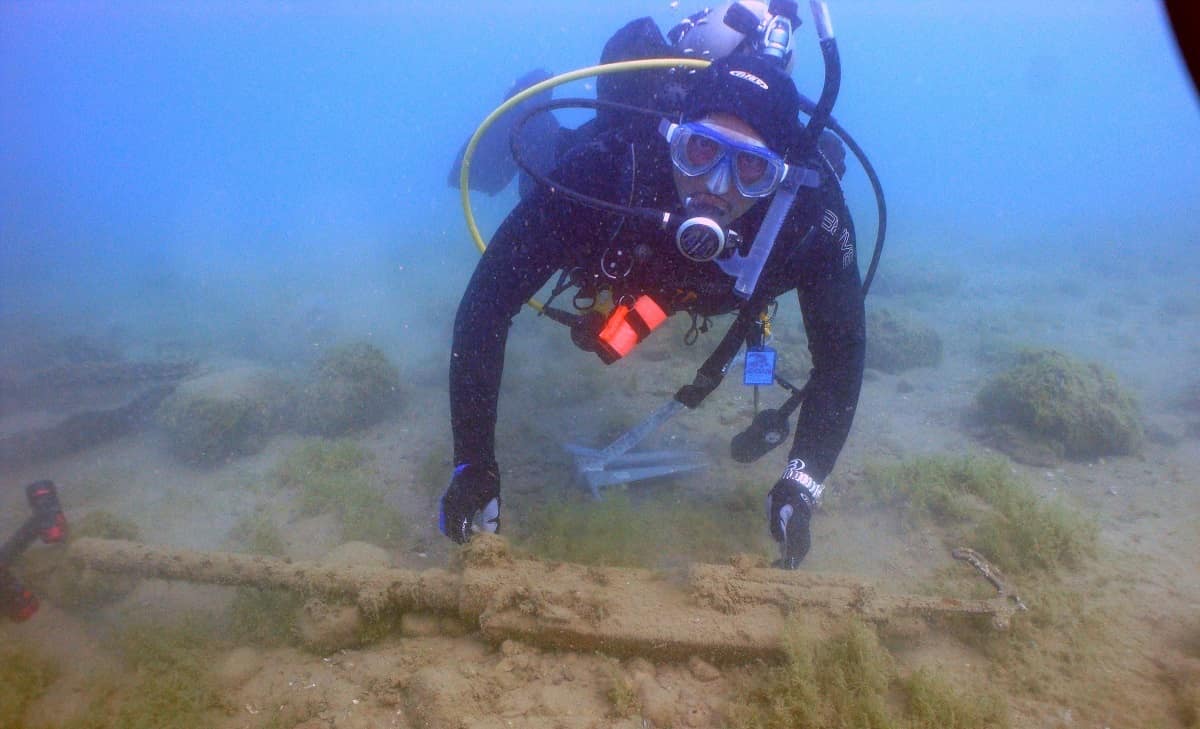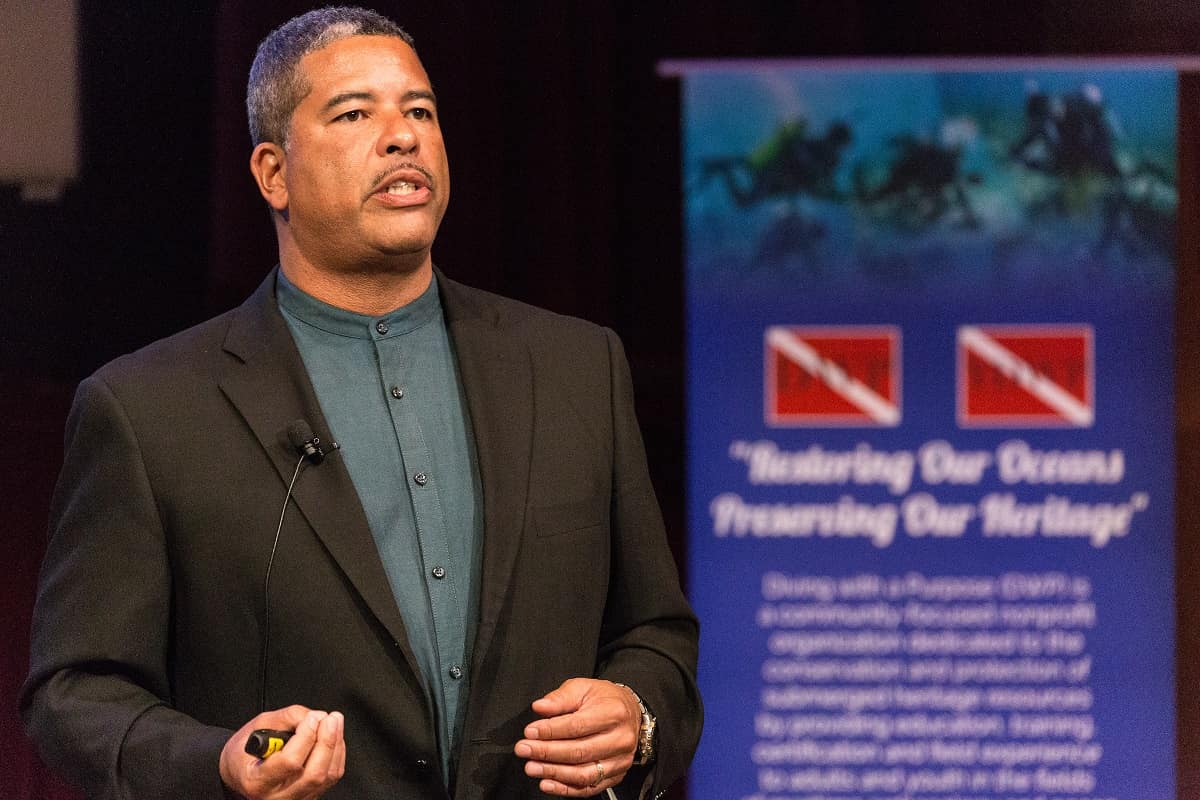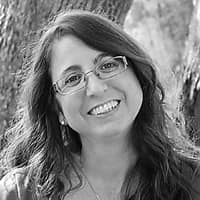NASA Engineer and Underwater Researcher Explores Lost Tuskegee Airman’s Aircraft and Shipwrecked Slave Ship

But Erik Denson said the treasures he finds while diving are even more important and are about preserving history.
“Every artifact tells a story,” Denson told students when he spoke to several classes at Embry-Riddle Aeronautical University in Daytona Beach and to the public Monday night at a SpeakER Series presentation as part of events on campus during Black History Month.
During the day, Denson, chief electrical engineer in the Engineering Directorate at NASA's Kennedy Space Center, is working on the new Space Launch System, which will be the most powerful rocket ever built, that will provide the foundation for human exploration beyond Earth's orbit. But in his free time, he’s keeping alive African-American history and the stories of his heroes.

He’s not only president of DIVERSe Orlando Scuba Club, which is affiliated with the National Association of Black Scuba Divers, but also the lead instructor for Diving with a Purpose. The nonprofit organization, dedicated to the conservation and protection of submerged heritage resources, has a special focus on the protection, documentation and interpretation of African slave trade shipwrecks and the maritime history and culture of African-Americans.
Denson has been with NASA for 27 years and a scuba diver for 25. At Embry-Riddle, he shared stories from several of his underwater explorations, but focused on the Guerrero slave ship that wrecked in 1827 with 561 Africans on board, including 41 who drowned, and the 1944 crash of Tuskegee Airman, 2nd Lt. Frank H. Moody.
The Tuskegee Airmen were the first group of African-American fighter and bomber pilots in the U.S. military. Formally organized in 1941 as a fighter squadron in the U.S. Army Air Corps, the group eventually included navigators, bombardiers, mechanics, instructors, crew chiefs, nurses and cooks.
Denson was part of the team from Diving with a Purpose who conducted the underwater explorations of Moody’s Bell P-39 Airacobra in 2015.
Seeing the military star that was painted on the broken wing of the aircraft on the bottom of Lake Huron in Michigan was emotional for Denson.
“This is dear to my heart,” Denson said. “These guys were heroes who gave their lives for our country especially at a time when our country didn’t believe in them.”
In searching for the wreck of the slave ship Guerrero in 2010 and 2012 for the National Park Service, Denson and his team discovered artifacts believed to be from the ship that sank in what is today Biscayne National Park in Florida. Other dives are planned in the future and Denson hopes to establish monuments at the sites of both Lt. Moody’s aircraft and the shipwreck.
Students majoring in Aerospace and Occupational Safety found Denson’s talk intriguing and it sparked their interest in history. Russell McConnell, a sophomore who was in the Navy for 7.5 years, said the Tuskegee Airmen were “real heroes during World War II.”
“They saved many bomber’s lives,” McConnell said.
Dr. Nancy Lawrence, associate professor of Aerospace and Occupational Safety at the Daytona Beach Campus, said the hazards Denson was exposed to during the explorations were also important for her students in the occupational safety class to hear.
“He had a lot of information to offer and really connected with the students,” Dr. Lawrence said.
Kenneth Hunt, director of the Office of Diversity and Inclusion at Embry-Riddle’s Daytona Beach Campus, who arranged for the NASA engineer and underwater explorer to come to campus, said Denson’s talk fit in perfectly with Embry-Riddle as an aerospace university and its commitment to diversity and inclusion.
Hunt said Denson gave students and the public an opportunity to better understand the historic significance of African-American contributions.
Denson hopes the story of the Tuskegee Airmen and his own story inspire students to reach for their dreams.
“There is no limit to what they can do if they put their minds to it,” Denson said.

 Deborah Circelli
Deborah Circelli